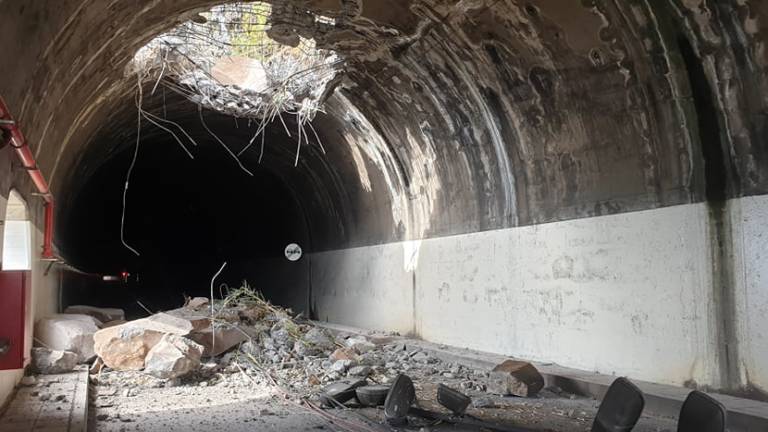Few disputes are as complex and multifaceted as those arising out of the construction industry. This can be a result of the industry’s peculiarities, characterised by the adoption of multilevel subcontracting systems, involvement by multiple contracting parties and stakeholders, variable contractual arrangements and payment methods, power imbalances, the scale of projects, and the pervasion of highly technical knowledge and expertise. …
Projects & Construction Monthly – November Edition
Welcome to the November edition of Projects & Construction Monthly. This edition addresses: the actions currently being undertaken by the Australian Government to address structural timber shortages; Australia’s commitment to achieving Net Zero Transport; the impact of wharf strikes on the construction industry; the commencement of Stage 6 of the Building Our Regions Queensland Government program; LPC Lawyers’ recent ‘Tunnel …
Dispute Resolution: Part 2 – Dispute Avoidance Boards: Balancing Power
In the wake of COVID-19 and our Olympics on the horizon, the construction industry has and will continue to face a proliferation of challenges. With every challenge comes the potential for a dispute. Without effective and efficient resolution strategies, these disputes can overwhelm a project and threaten practical completion. Worst case scenario, these disputes outlive the lifespan of a project, …
Dispute Resolution: Part 1 – Avoid The Bull Pit Through Expert Determination
No matter how big or small, all projects are faced with the risk of parties butting heads and charging into litigation battles. Those who fail to turn their minds to an effective dispute resolution strategy do so at the expense of the project itself as tensions inevitably rise, communications cease, finances freeze and works halt. When works become delayed, additional challenges form …
Tunnel Vision – Part 3 – Common Risks And Contractual Considerations
The complexity of tunnelling and underground construction may impose considerable risks on the parties involved. Risks faced by Contractors (and more importantly risk allocation) must be considered as the primary step to determining the best project execution method. Allocation of risk ‘Risk’ in a project delivery context, can be defined as an uncertain event or set of circumstances effecting the …
Tunnel Vision: Part 2 – Budget Blowouts And Cost Overruns
Tunnelling projects rarely meet the anticipated time and cost performance criteria established at project commencement. Due to their complex nature, these projects commonly suffer from substantial cost overruns and extensive delays to practical completion. This article explores the main drivers for time and cost overruns in tunnel projects and what measures can be taken to avoid or mitigate such situations. …
Tunnel Vision: Part 1 – Tunnelling Projects In Australia
Amid Australia’s infrastructure boom, with more than $150 billion worth of public infrastructure projects currently underway or in the works nationwide, what lies beneath the soil are amongst the most critical pieces of infrastructure required to support our modern world. Tunnels are an increasingly necessary part of our road and rail networks and continue to be employed to support our …
Projects & Construction Monthly – October Edition
Welcome to the October edition of Projects & Construction Monthly. The edition addresses: the anniversary of LPC Lawyers; the ongoing impacts COVID-19 has on the construction industry; the much-needed boost to Central Queensland’s economy; and LPC Lawyers’ ‘Going green’ CELEBRATING 1 YEAR OF LPC LAWYERS Lamont Project and Construction Lawyers is proud to be celebrating its 1-year anniversary this month. …
GOING GREEN – PART 4 – DISPUTES IN THE ENERGY SECTOR
As we have seen throughout the Going green series, the energy transition is drastically altering the sector. Energy participants must respond to political changes, international investment strategy, and businesses must navigate complex partnerships and joint ventures if they hope to make the transition successfully. The Going green series has highlighted that energy projects are capital-intensive, with long-life spans and may …
GOING GREEN – PART 3 – HYDRO-BOOM
Australia is rich in resources which include sun-drenched lands, access to clean water and a skilled workforce ready to make the energy transition a reality. Consequently, Australia is uniquely positioned for renewable hydrogen production to support the energy transition. With an estimated global demand for hydrogen energy reaching more than 35 million tonnes by 2040, businesses and investors are currently …










